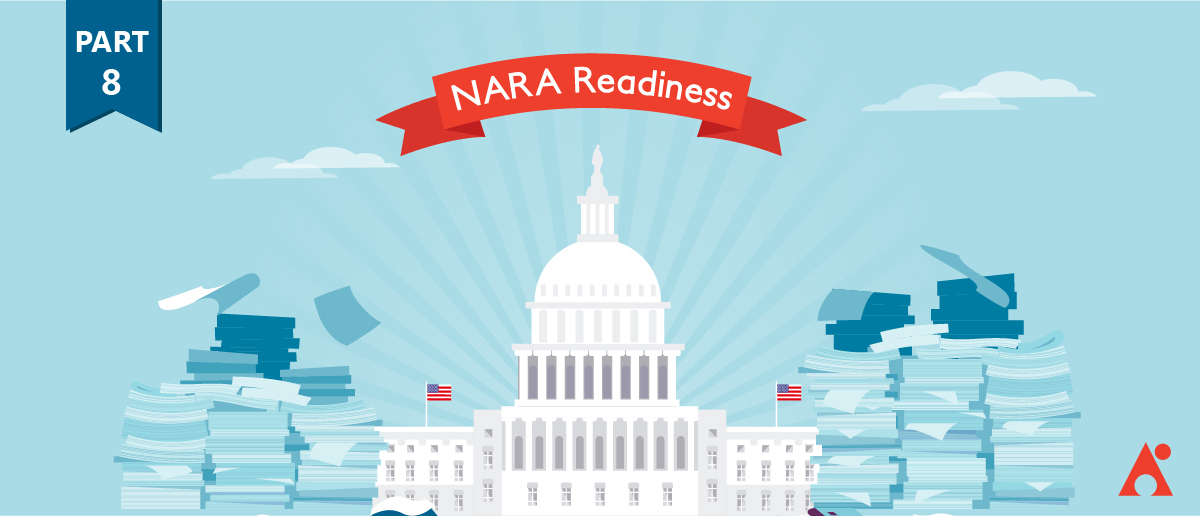The following is an excerpt from the AvePoint records series. Click here for the full article.
It used to be that a record was easy to define: content created on carbon paper and perpetually stored in a filing cabinet. It’s no official definition, but it was a concept that anyone could understand. And we used to create records at a pace where it was, for some time, manageable.
Over the years the definition of a record has morphed. As of 2014, the Federal Records Act defines a record as including “…all recorded information, regardless of form or characteristics, made or received by a Federal agency under Federal law or in connection with the transaction of public business.” As of 2017, ARMA International listed a record as “…recorded information, regardless of medium or characteristics, made or received by an organization in pursuance of legal obligations or in the transaction of business.” Cut and dry, right? Well, dry, at least.
Where do these definitions leave the records manager and mission worker (often called knowledge worker or end user) in identifying records? Can they answer:
- Is my content a record?
- Where should I store my records?
- Do I have to classify everything I work on?
- Can I share this?
- Can I delete this?

In this article Jay shares common definitions of a Record and details the following six steps to ensure your agency meets NARA’s mandate:
- Understand the requirements to develop the right strategy
- Clean up the clutter
- Develop a Risk/Value framework
- Engage the right sponsors to gain buy-in
- Find and deploy the right tools to meet YOUR needs
- Ensure you can report on the right information



